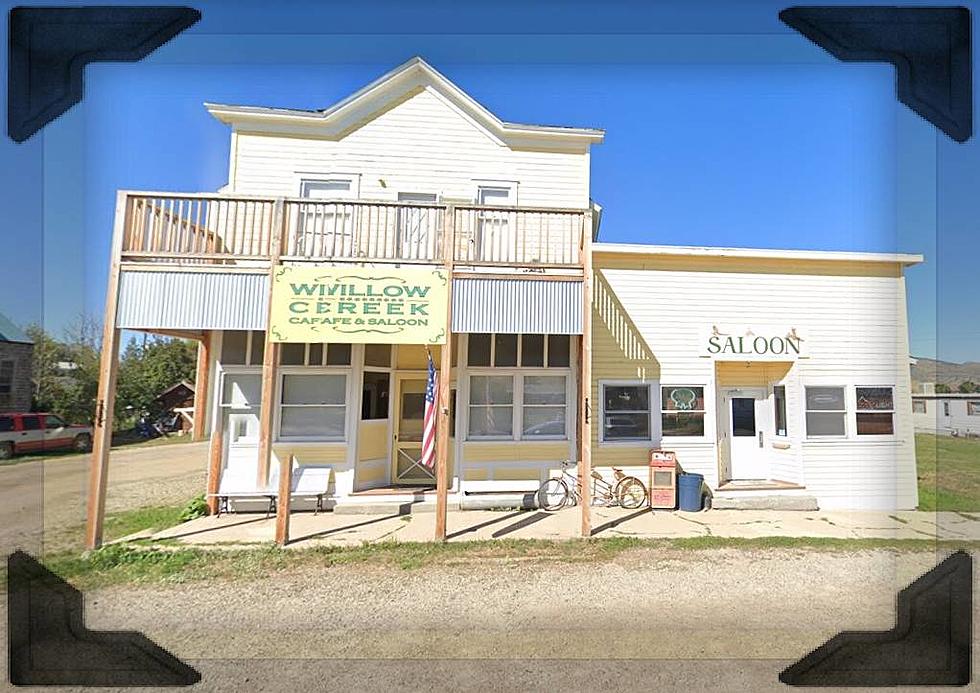
Are You Really Sure You Want A $15.00 Minimum Wage?
Everyone agrees that a 40-hour a week job should produce a “livable” wage. What does that mean? Livable? It means that it should provide a place to live, food on the table, enough to pay bills, and maybe a few bucks left over for movie night every now and then.
What Works Here Doesn’t Always Work There
A livable wage in San Francisco or New York will be a lot different than a livable wage in Three Forks, Montana. According to The Tax Foundation, $100 in Montana has the buying power of $106.16 compared to $88.57 in California. It just flat out costs more to live in some areas of the US.
So, how can we compute the advantage or hardship that a wage common to all states will have on our communities?
What Does $15.00 Per Hour Really Mean?
According to the law if you have over 50 full time employees or the equivalent in part time workers, you are required to provide health insurance. You also have to pay the employees Medicare deduction; FICA, state withholding and any other required withholding within your state.
If you pay an employee $15 for 2,080 hours of work each year that is a gross pay of $31,200 of that amount the employee will probably take home somewhere in the neighborhood of $28,000 or $13.46 per hour. Still almost double the current minimum wage of $7.25 gross.
But still far from a living wage in most large cities.
What Does A “Big Mac” Cost?
What will your Big Mac or Whopper cost if minimum wage goes to $15? Let’s look at fast food restaurant costs.
As a percentage of sales, your payroll will cost 26 percent, food, paper, cups straws, etc. will amount to 31 percent.
Building and equipment depreciation about 4 percent, figure about 3 percent for marketing, 9 percent for rent and utilities, 24 percent in franchise fees, licenses, legal fees, accounting, bookkeeping and other fees, you have a before tax profit of about 3 percent of sales.
At the end of the day that $7.00 Big Mac Combo returns a profit of .21¢.
How Much More Are You Willing To Pay?
We have to buy gas no matter how high the price goes. Gas is a necessity. Fast food is not. So if there is a $15 minimum wage, how much more are you willing to pay to enjoy your favorite McDonald’s, Wendy’s, Taco Bell, or Subway delicacies?
A $15 minimum wage would result in a very conservative necessity to raise prices by at least 38 percent. Making your $7.00 Combo about $9.66. I guess is you’re making $15 per hour you could easily afford the increase.
Some Final Thoughts
They say a rising tide raises all boats. But that’s not always true in economics. If I enclose the harbor and flood it, I only raise the boats in the enclosed space. The tide was manipulated to raise the boats artificially.
In my opinion, that’s what we are talking about in the case of raising the wage to make us all feel better about ourselves. No employee is producing twice as much in business to demand twice as much in compensation.
Markets are based on supply and demand. Charge too much for a product and the number sold goes down. Pay too little, and good employees go elsewhere for a better opportunity.
If minimum wages rises, so do union contracts necessitating more price increases on other goods and services. What will happen to your weekly paycheck? Will it raise just enough so you can keep treading water with increasing prices?
Be careful what you wish for. You just might get it.
More From KMMS-KPRK 1450 AM









